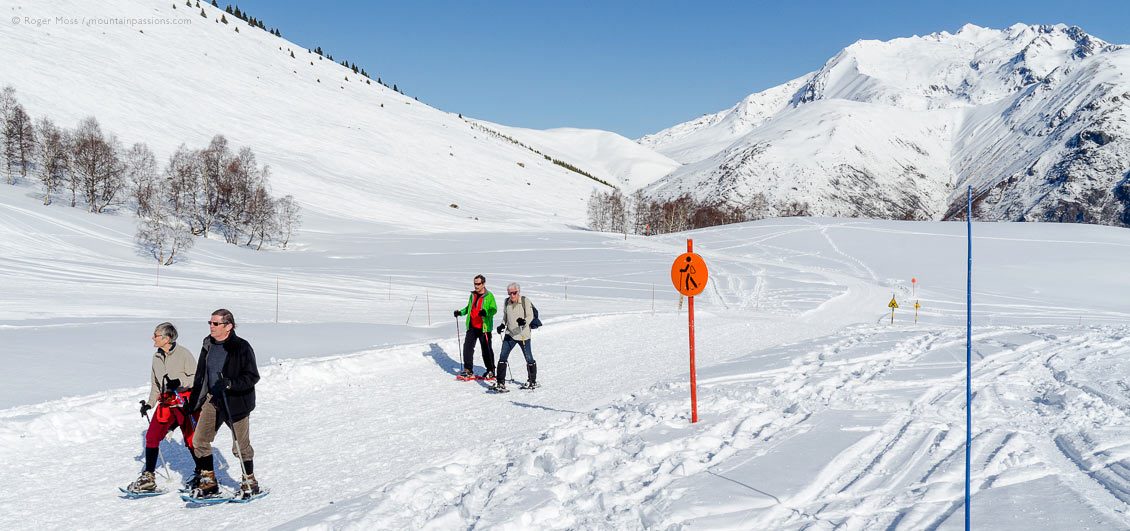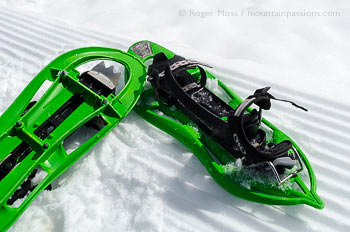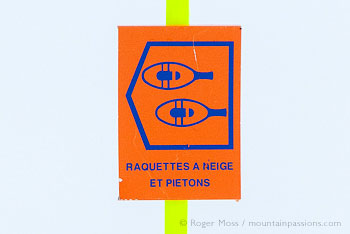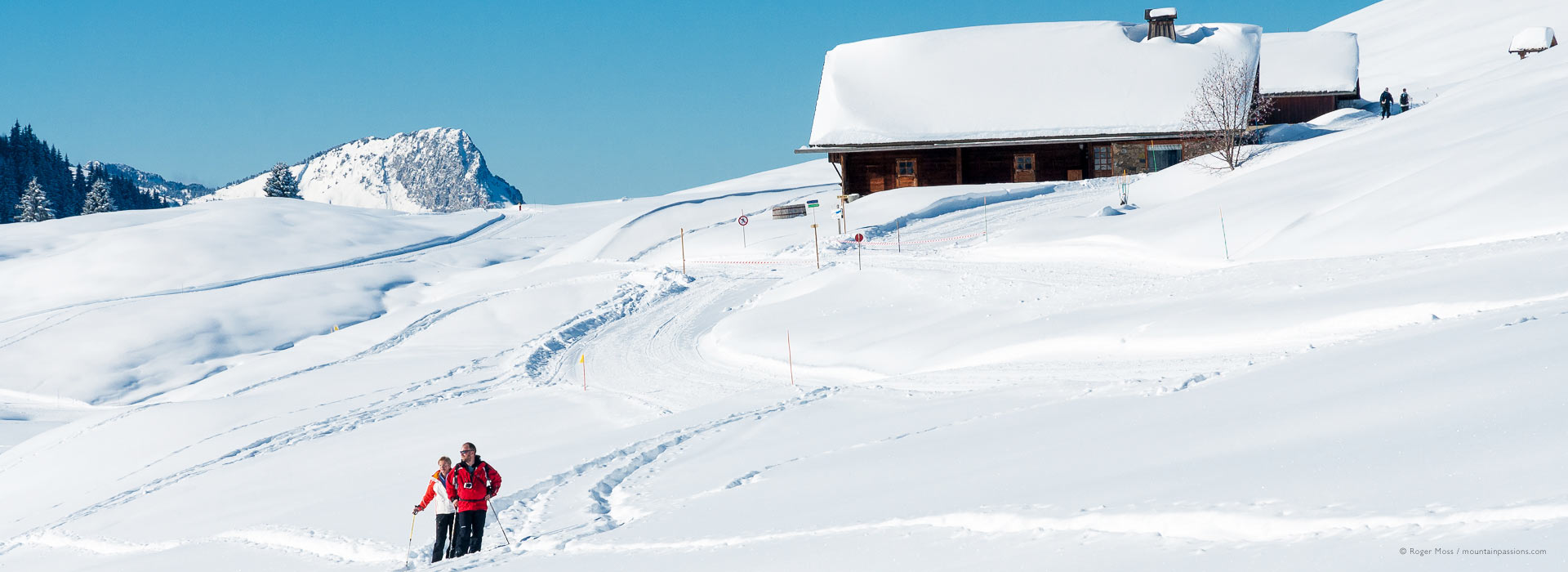
Snow-shoeing
A Guide for Beginners
Snow-shoeing has existed since man searched for a way of getting around in deep snow. It’s now a very popular and growing, winter activity. Here we look at why people go snow-shoeing and some of the techniques and tips that will help when you try it out for the first time.
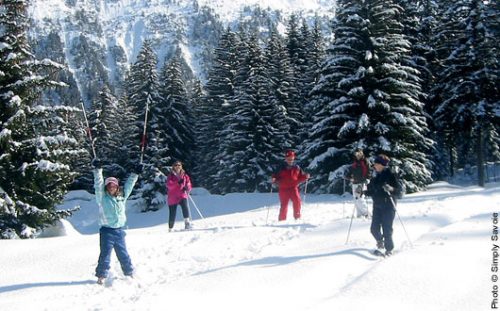
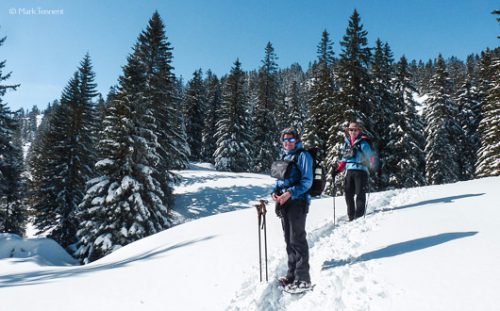
Do I Have To Learn How To Snowshoe?
Snow-shoeing doesn’t have a steep learning curve, but a few tips will soon have you moving around confidently enjoying a new-found freedom.
Snow-shoeing On the Flat…
Your style of walking will need to take account of the width of the snowshoe and to avoid stepping on the other snowshoe. It’s best to start out on a level path or track whilst you get accustomed to them. Turning around is best accomplished by turning in small steps until facing in the new direction or doing a ‘kick turn’.
Going Downhill…
Going downhill is easiest, and the most fun, in deep powdery snow. Raise the toe slightly allowing the tail of the snowshoe to come into contact with the snow first. Try to walk confidently with a good transfer of weight from one foot to the other. The snowshoe may slide forward a bit but avoid the temptation to lean back. You can use your pole to provide extra balance but avoid using them directly in front of your body. On firm snow place the snowshoe flat on the ground so that the crampons can ‘bite’.
Going Uphill…
Unless it’s a very short distance, ‘zig-zag’ up the slope using the terrain to best advantage. This puts less strain on the legs and you’ll gain height surprisingly easily. If you encounter a very steep bank you can use the ‘claws’/‘front points’ of the snowshoe.
Traversing…
This is easiest in soft snow conditions where you can still place the snowshoe down normally. When the snow is firm you will need to roll the ankle to allow the snowshoe to lie flat on the slope, thus allowing the crampons to bite.
Snowshoe Etiquette
If you’re snow-shoeing avoid walking on prepared ‘pistes’ for cross-country skiers as the railway like ‘tracks’ are damaged by walking on them. Skiers may also approach fast and you don’t want to be involved in a collision. In ski resorts try and avoid the pistes but if you have to, cross quickly or walk up or down the edge of the piste.
Take Precautions
Naturally if you go into more mountainous terrain you should be aware of the risk of avalanches. You should then carry normal avalanche equipment (avalanche transceiver, shovel and probe) and most importantly know how to use it. Let someone know where you are going and when you intend to be back.
